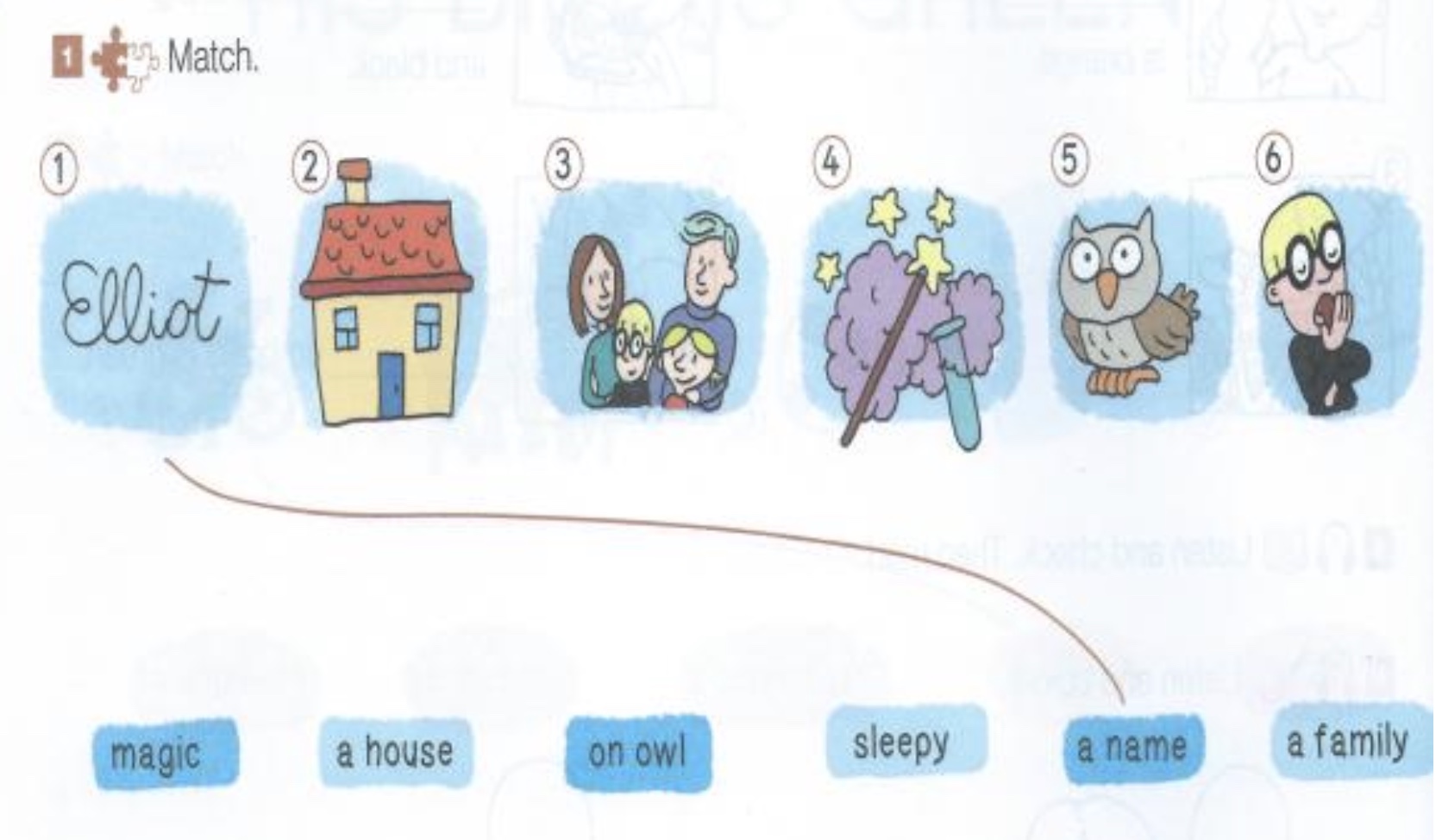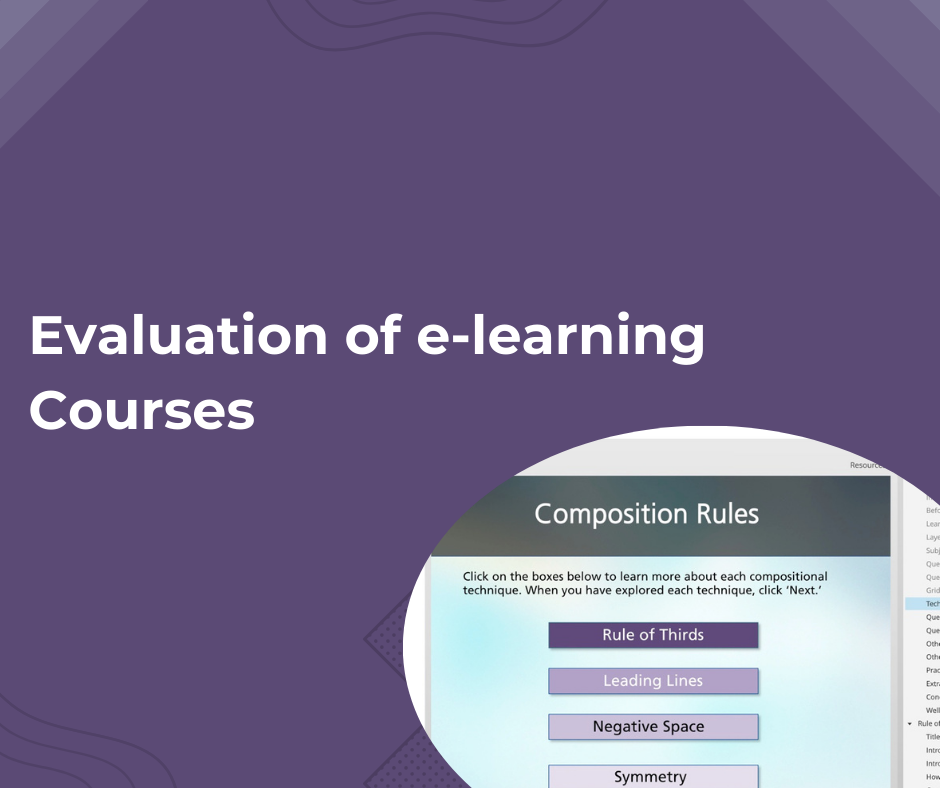Development and Management of e-learning Content

Summary
In my role as an e-learning project coordinator, I led the digital transformation initiative at Profil Klett, Croatia's leading educational publisher, to create an online learning platform (Izzi) for language learners. In this role, I coordinated a team of 20 education professionals and instructional designers, analysed, adapted and created digital materials and tasks. The project successfully transformed analog language learning materials into digital experiences, incorporating learning design principles and interactive elements.
Responsibilities: Instructional design (Content analysis, needs analysis, content creation and management), workshop facilitator
Target audience: instructional designers, educators
Tools used: in-house developed learning platform (Izzi)
Learning design method: ADDIE, MPI, SAM
Client: Profil Klett, Croatia
Role and Responsibilities
As Project Coordinator and Content Creator, my role was to bridge the gap between pedagogical theory and practical implementation while ensuring project execution. From a Learning Experience Design perspective, I shaped the digital transformation of educational content by applying research-based principles to create effective learning experiences.
Key responsibilities included:
- Leading and mentoring a team of 20 educators and instructional designers
- Developing theoretical frameworks and practical guidelines for digital content creation
- Writing and adapting learning materials for digital delivery
- Creating and curating interactive tasks, summaries, and visual content
- Facilitating communication between educational experts and software developers
- Conducting workshops and training sessions for instructional designers
- Evaluating platform effectiveness and user experience
- Developing and implementing quality assurance processes
- Creating documentation and support materials for teachers
Problem Statement
Schools and teachers needed digital learning tools to support their daily work with students. Profil Klett, with its established reputation in print materials (Building Blocks and Building Bridges series), recognised the importance of developing digital companions to their existing analog resources. The challenge wasn't simply to digitise content, but to create a complementary digital ecosystem that would enhance and extend traditional teaching methods while maintaining the pedagogical effectiveness of proven analog materials.
Teachers and students were already working with high-quality print textbooks, workbooks, and teacher's guides, but they needed digital tools to provide additional practice, immediate feedback, and more engaging learning experiences. This required consideration of how digital elements could supplement rather than replace existing teaching practices, ensuring a smooth transition for educators who were comfortable with traditional methods.
Solution
Our solution centred on developing a comprehensive Learning Experience Design framework that would guide the digital transformation process. It included interactive solutions aligned with language learning objectives and established quality standards for digital content development.

IZZI Platform *
The technical implementation required close collaboration with developers to ensure the platform's capabilities aligned with pedagogical needs. To maintain consistency, we developed templates for content delivery and created assessment tools with immediate feedback mechanisms.
To support the transformation, we designed a comprehensive training program for content creators and developed documentation for standardised digital content development.
Process
Phase 1: Analysis and Planning
The initial phase began with a content audit of existing language learning materials. We reviewed current materials, identifying adaptation requirements for digital delivery and conducting a gap analysis for interactive elements. This process included documenting learning objectives and outcomes to ensure pedagogical integrity throughout the transformation.

I conducted needs assessments with teachers and learners, reviewed technical capabilities with the development team, and aligned publisher requirements to ensure all perspectives were considered in the planning.
Phase 2: Design and Development Framework
The design phase focused on creating comprehensive digital adaptation guidelines, interactive element specifications, and assessment frameworks. We established quality standards that would guide all content development while maintaining pedagogical effectiveness.
For content development, we created templates and style guides that would ensure consistency across all materials. We implemented review procedures and version control systems to manage the complex content development process effectively.
Phase 3: Implementation
Implementation involved coordinating multiple workstreams simultaneously. Regular workshops supported the team in applying the new frameworks and guidelines.
Content creation involved writing and adapting learning materials, developing interactive exercises, creating assessment items, and integrating multimedia elements. Throughout this phase, we maintained regular collaboration with the development team, conducting platform testing and providing feedback on technical functionality.
Examples of interactive tasks on the platform *
Phase 4: Evaluation and Training
The final phase focused on comprehensive platform testing and teacher training. We conducted usability testing with target users, evaluated performance, and assessed content effectiveness. The teacher training program included workshop facilitation and the creation of support documentation.
Outcomes
The project marked the foundational phase of the Izzi platform, which continues to evolve and expand today. During this initial development phase, we successfully:
- Digitalised approximately 2000 learning tasks, establishing the platform's core content base
- Implemented fundamental interactive elements, including:
- Drag-and-drop exercises
- Answer matching activities
- Multiple choice questions
- Created and integrated new visual content to support interactive tasks
- Developed standardised processes for digital content creation
- Established quality assurance procedures and documentation frameworks
- Built a scalable foundation that enabled future platform growth
Since this initial phase, the Izzi platform has significantly expanded its capabilities and content offerings. What began with basic interactive elements has evolved into a sophisticated learning platform with a diverse range of interactive features and learning tools.
Key Takeaways and Professional Growth
This was one of the most comprehensive projects in my LXD career. I gained insights into the intersection of pedagogy, technology, and project management.
I learned how to:
- Apply learning theories to digital interactive design, particularly in:
- Creating scaffolded learning experiences
- Designing feedback systems that support learning
- Adapting traditional exercises for digital interaction
- Manage large-scale educational content transformation
- Balance pedagogical goals with technical constraints
- Bridge communication gaps between educational experts and developers
- Create guidelines for maintaining pedagogical integrity in digital transformation
- Design tasks in digital environments
*All examples of interactive elements and platform features shown here represent the current version of Izzie, which has evolved significantly since the initial development phase described in this project



